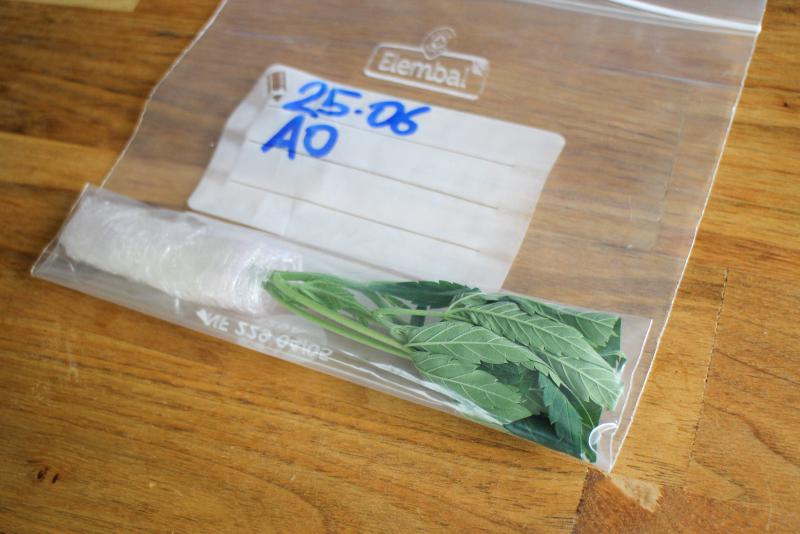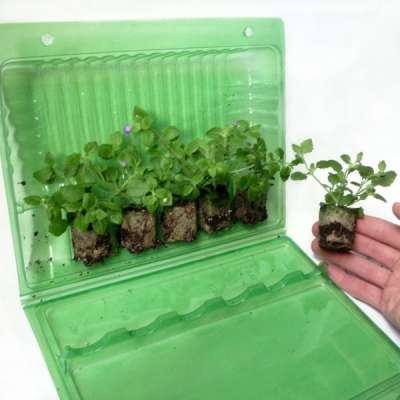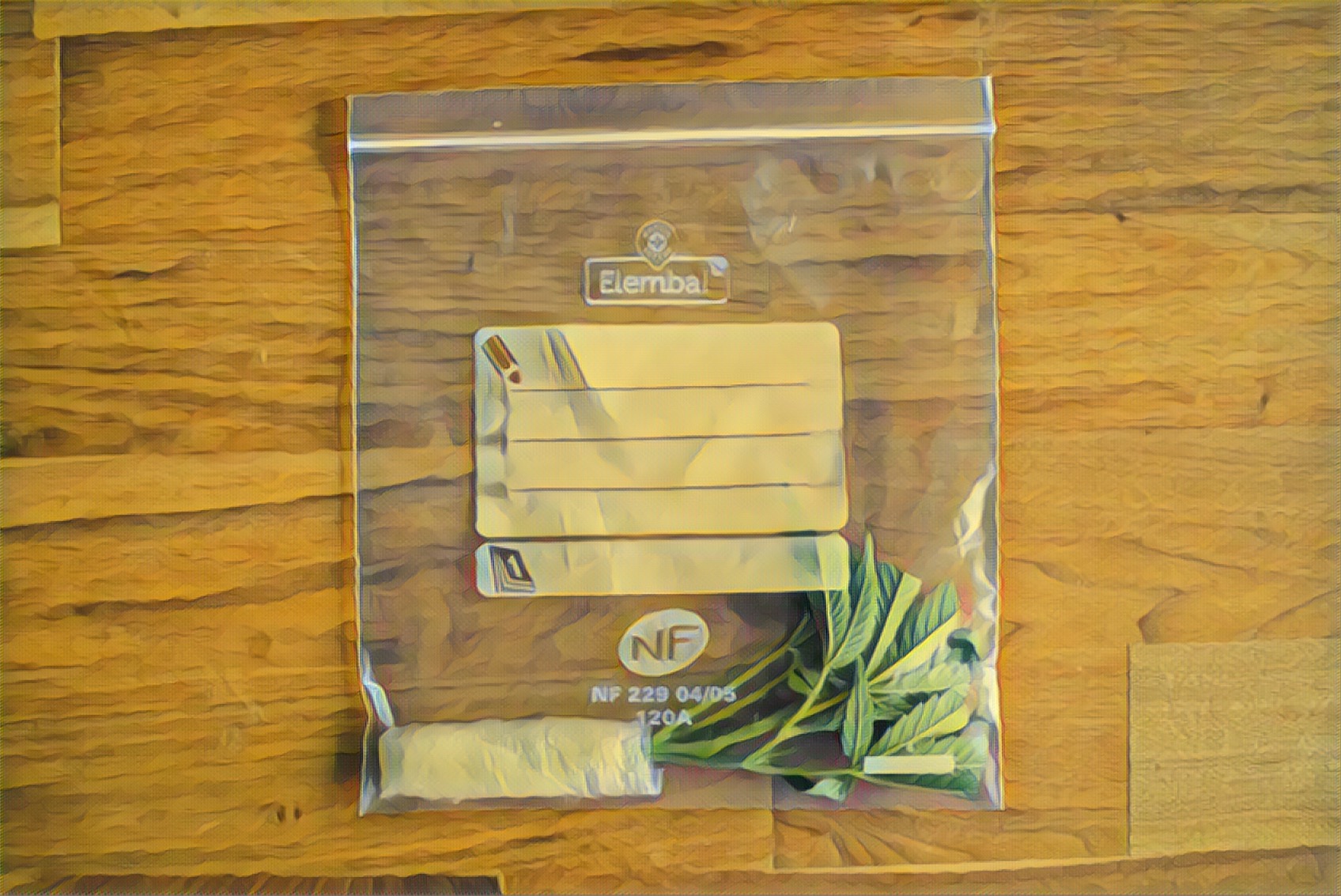Strainly‘s goal is to foster the preservation of clean cultivars, which sometimes mean, under the form of clones (or “cuts”). Clones are incredibly important to the facilitation of genetic preservation, but providing clones to someone located dozens of miles away (or more!), requires a bit of imagination… It’s not always widely known across the community, but there are different ways of providing clones to a patient or caregiver without necessarily meeting in person. In this article, we’ll describe different options (from the cheap DIY to the purpose-designed container) allowing clones to travel on their own to destination.
Once you’ve got your clones cut or rooted, you might decide to share them. There may be more techniques available to you than the ones we’ll be covering in this article. Creativity has no limits… One of the options presented below, is a commercial one. We are not receiving any kind of incentives from the manufacturer, any distributor nor retailer offering such products. However, this commercial option seemed to have a place in this article if we aim at providing comprehensive information to clone providers using Strainly.
Paper towel and Ziploc
Though this approach may seem very basic and can lead to a few (or many) losses during transportation, this might be enough for short distances and easily available cultivars. Also note that it will hardly work with rooted clones. It is best suited for fresh unrooted cuts. This technique consists in wrapping the stem of the cut(s)/clone(s) with moist paper towel and a layer of cellophane in order to keep moisture around the base. You then gently place your clone(s) in a zipped plastic bag (commonly called “ziploc” after the brand).

DYI container
Another DIY (read “cheap”) approach to shipping clones is to put the time in making your own containers. This technique allows you to ship rooted clones while also reducing the risk of losses. It is more adapted to shipping harder-to-find cultivars that need to make it safe to destination. When making your own containers, figure out a way to maintain your clones in place within the container, to avoid any damage to the cut and reduce stress. Below is some inspiration. Feel free to experiment and enhance your techniques from those starting points…
Purpose-designed clone containers
A third approach is to procure containers designed for the purpose of shipping plants. As we write this article, there are few options available, that you can find online. These containers are designed to maintain the clone(s) in place during transportation, while allowing ventilation through tiny holes at the top. 
The most advance versions of clone containers also have LED lights in order to reduce the stress caused to the plant, due to light deprivation during shipping. While these last seem to be the most reliable option to safely ship clones, they also are the most expensive (usually retails around $14). This is likely recommended for those rare cuts you don’t wanna a take a chance with!
Conclusion
You should now assess what is the money and time you can afford to put in shipping your clones to another Strainly member. Whether it’s driving, using a more affordable (but perhaps riskier) DIY method or putting the money and going the safe route, there’s a variety of options you can pick from. One last thing… always tell the requester (patient or caregiver) what packaging your clones will come in and make sure both parties are comfortable with the shipping method.
Courier services are recommended for staying in compliance with Federal regulations in the U.S.


1 thought on “The Best Techniques to Safely Ship Clones”